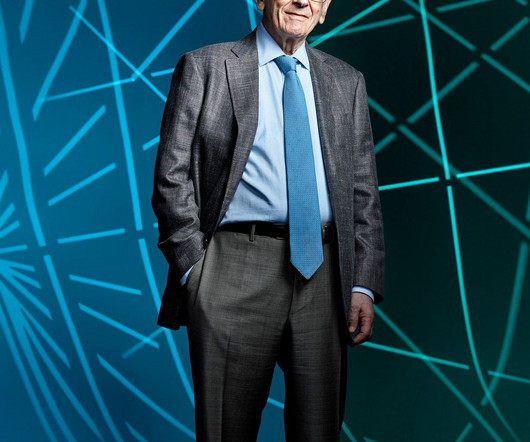SLAC, MIT, TRI researchers advance machine learning to accelerate battery development; insights on fast-charging
Green Car Congress
MARCH 9, 2021
It was the first time this approach—known as “scientific machine learning”—has been applied to battery cycling, said Will Chueh, an associate professor at Stanford University and investigator with the Department of Energy’s SLAC National Accelerator Laboratory who led the study. Hongbo Zhao/MIT).


































Let's personalize your content